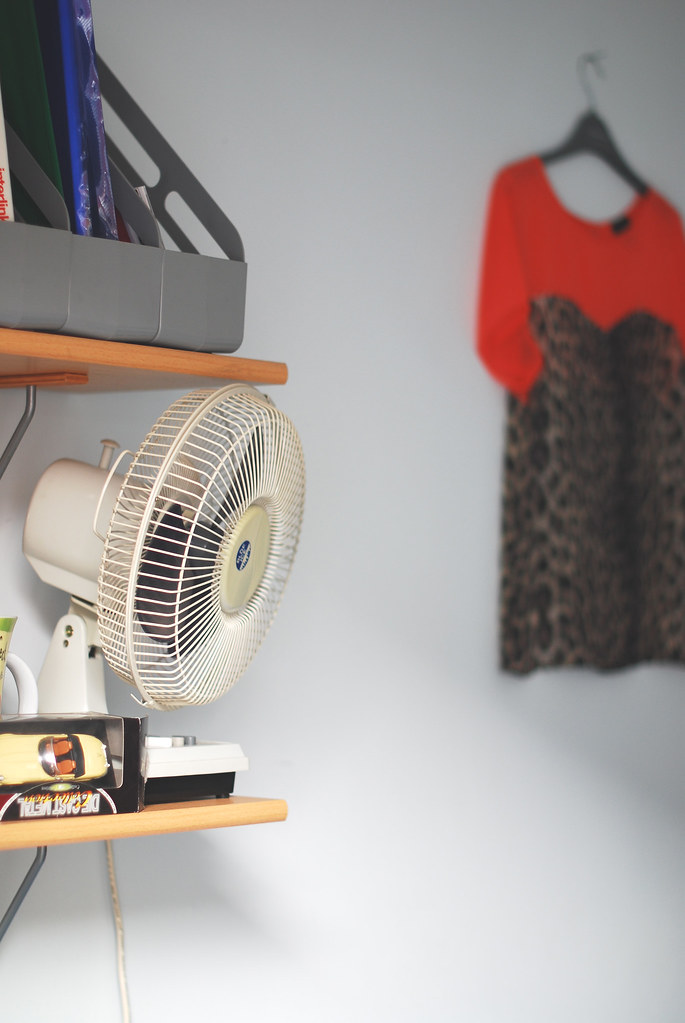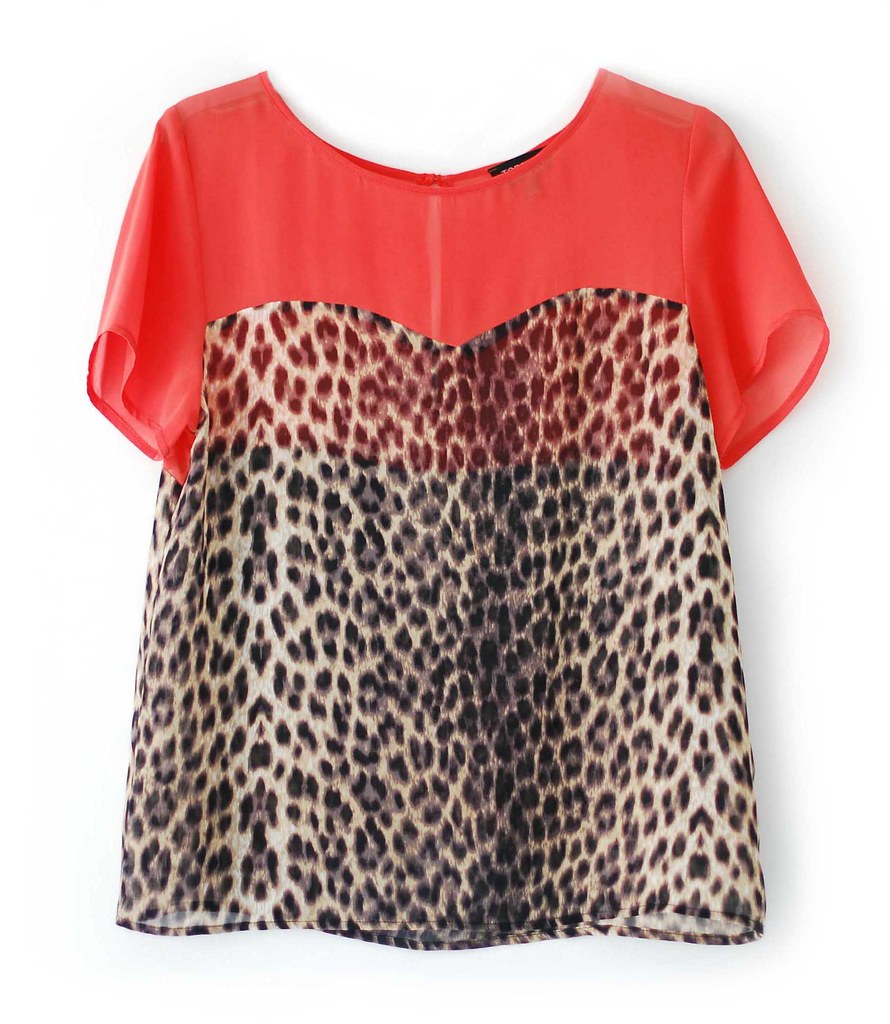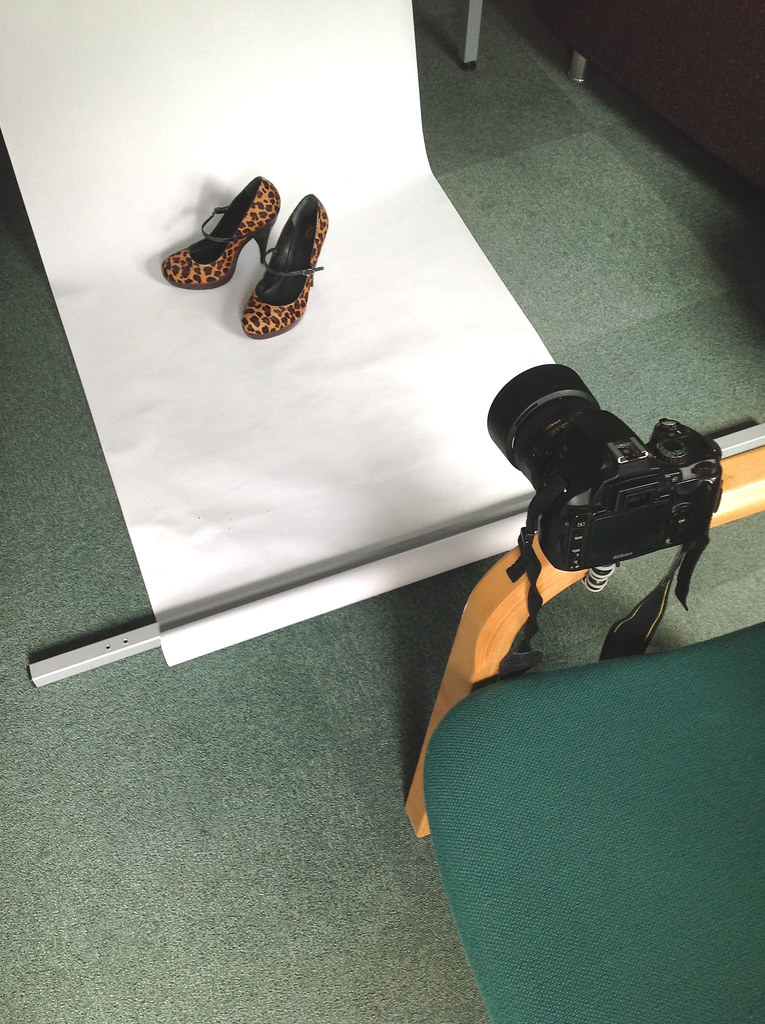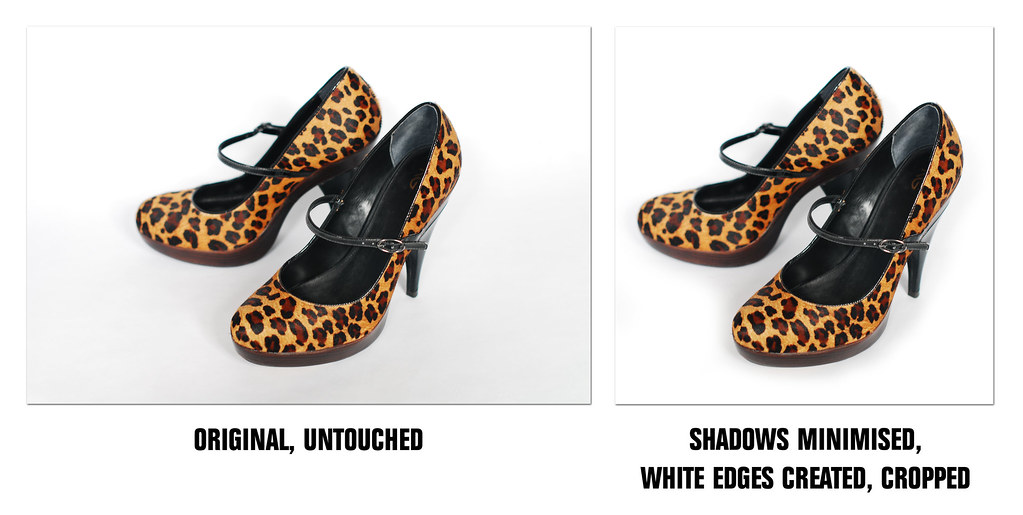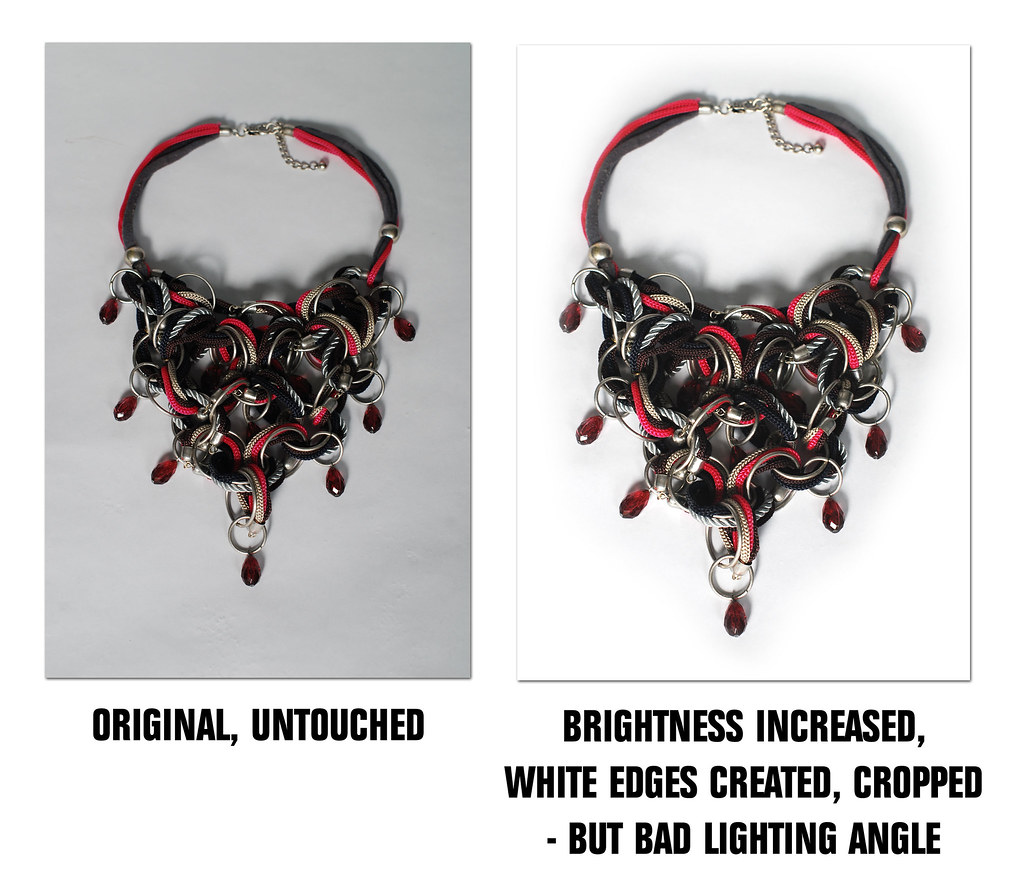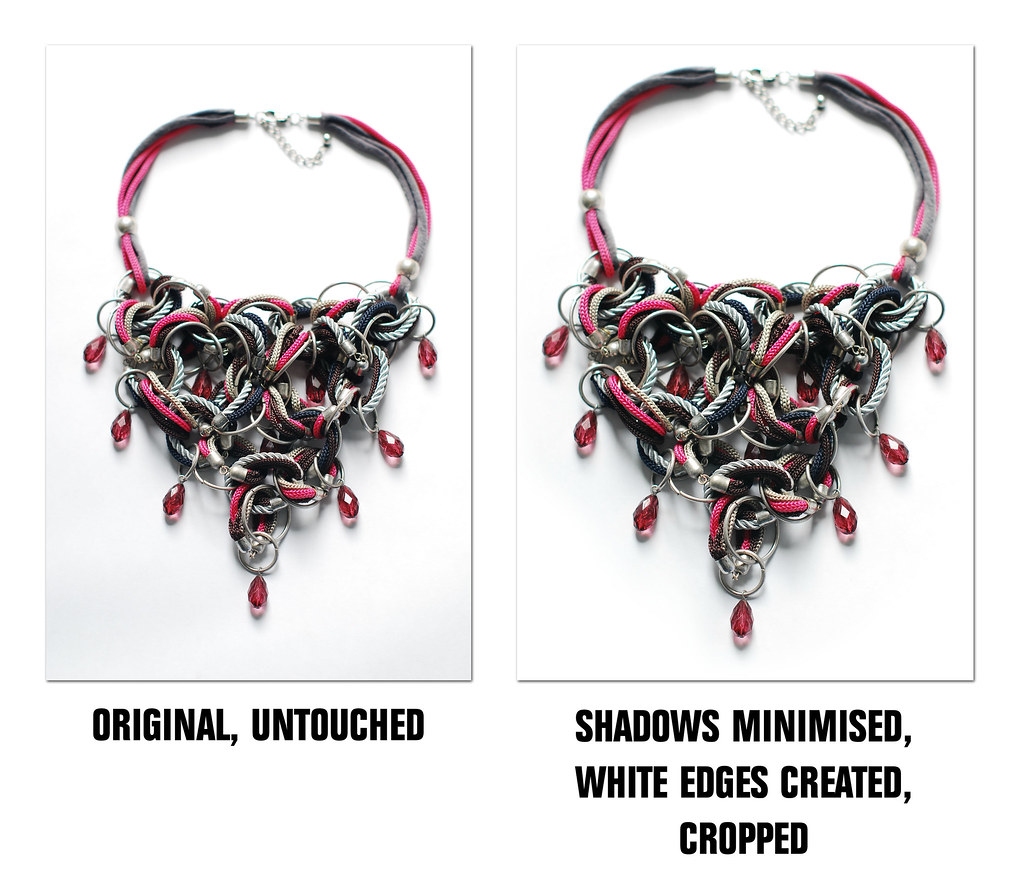
As she has just turned 23, this is the
perfect time to take a lot at Emma Watson’s magical style transformation though
the years.
Miss Emma Watson has certainly come a long
way from her first Harry Potter premiere all those years ago and now she has
the whole world
watching her every sartorial move.
From
gawky witch to fashion icon, we have seen Emma’s style blossom over time. Now she
exudes effortless style and poise on the red carpet; always topping best
dressed looks, never making a fashion faux pas. But dressing classy is never
boring or frumpy - it's
the daring twist on her sophisticated personal style that sets her apart from the
pack.
While
she may have said that "there's nothing interesting about looking perfect", she is
rarely photographed looking anything less, but it’s a refreshing attitude for a
young starlet to have – something which makes her so endearing to her fans.
All
those fabulous red-carpet choices have caught the attention of serious fashion
heavyweights such as Karl Lagerfeld (who photographed her), she has modeled for
Burberry and has been signed to Lancôme – creating her own perfume and modeling
a new range of lipsticks. She has also had the privilege of being able to wear
many items fresh-from-the-runway, which is not afforded to many. Many people
don’t realize that Emma was actually born in Paris, perhaps that explains her
love of Chanel, Zadig et Voltaire, and Lancôme.
While
she has been keen to shake off her clean cut Harry Potter image and has taken
on some more risqué film roles, she still maintains her classy, understated
style. Burberry’s Christopher Bailey described her as "a great character
and a modern edge" which I think sums her style up perfectly, she always
dresses chic but is definitely taking more risks with her red carpet choices.
Photos
of Emma feature in a
new photography book by James Houston, which has ‘the goal to raise awareness
and funds for the environment and sustainable living’. Emma looks stunning in
the photographs and has stated she owes her fabulous figure to yoga and going for walks in the park
(there’s hope for the rest of us…!).
Emma has
said that her beauty mantra is “Believing in yourself, being
self-confident, it makes you look beautiful. That was Audrey Hepburn’s case.” And
with regards to clothes, she always underlines how important she thinks
it is to have fun and enjoy the fashion you wear.
She
showcases timeless elegance with a modern twist, and is a perfect English Rose.
This fashion darling is certainly here to stay and will continue to make waves
in the fashion world.





